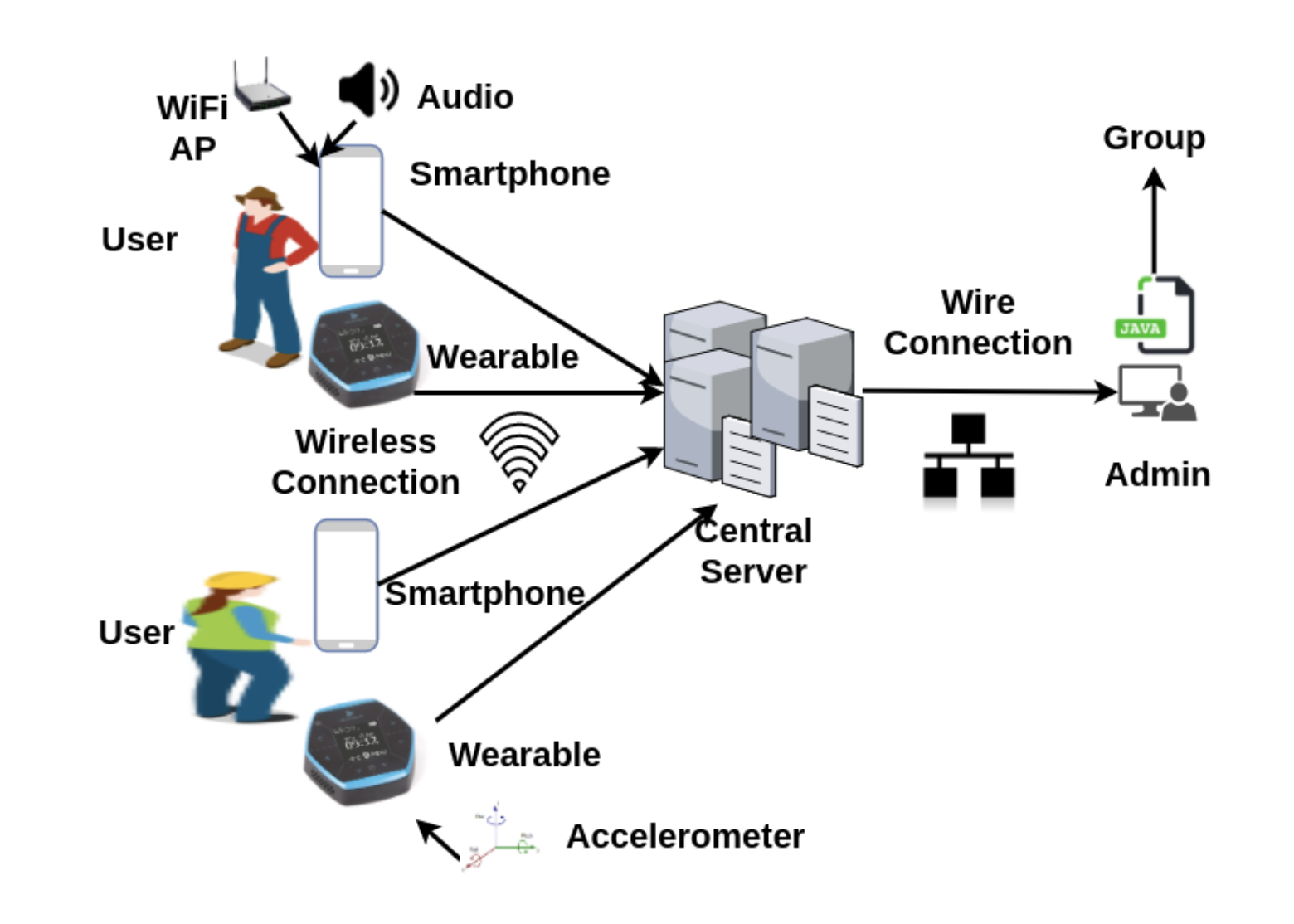GroupSense: A Lightweight Framework for Group Identification
Publications by: Snigdha Das, Soumyajit Chatterjee, Sandip Chakraborty, Bivas Mitra
GroupSense: A Lightweight Framework for Group Identification
TMC'19
[Full Paper] [IEEE]
An Unsupervised Model for Detecting Passively Encountering Groups from WiFi Signals
GLOBECOM'18
[Full Paper] [IEEE] [Slides]





